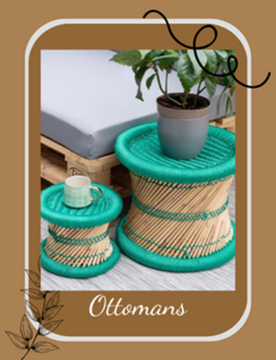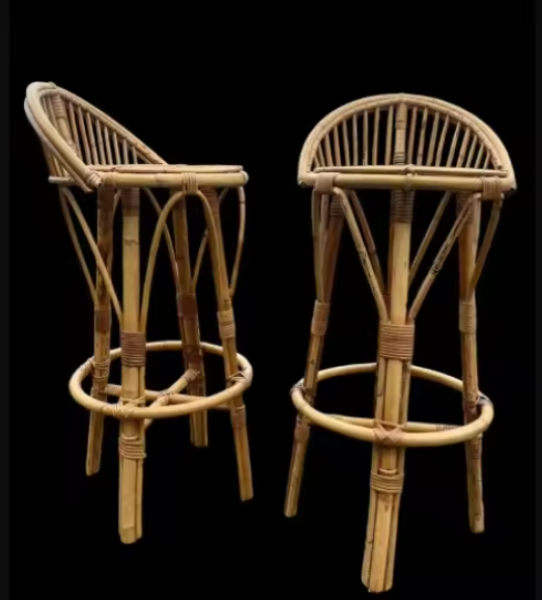Packaging is often an afterthought in product design, yet it plays a crucial role in the success of furniture products. Effective packaging not only protects furniture during transit but also enhances the customer experience and reinforces your brand identity. Here’s a comprehensive look at the importance of packaging in the furniture industry and best practices to ensure your products arrive in perfect condition and make a lasting impression.
1. Why Packaging Matters
Protection During Transit
Furniture is often large, bulky, and fragile. Proper packaging ensures that your products are shielded from damage during transportation. This includes safeguarding against impacts, moisture, and environmental factors that could affect the quality and appearance of the furniture.
Customer Experience
Packaging is a key touchpoint in the customer journey. It’s the first physical interaction customers have with your product. A well-designed package can enhance the unboxing experience, adding an element of excitement and satisfaction that reflects positively on your brand.
Branding and Marketing
Packaging serves as a marketing tool. It’s an opportunity to showcase your brand’s identity and values. Custom packaging can communicate your brand story, differentiate your products from competitors, and create a memorable impression that encourages repeat business.
2. Best Practices for Furniture Packaging
1. Choose the Right Materials
Selecting the appropriate materials is crucial for protecting furniture. Common materials include:
- Corrugated Cardboard: Ideal for lightweight to medium-weight furniture, providing cushioning and strength.
- Foam Inserts: Helps absorb shocks and prevent scratches.
- Shrink Wrap: Offers a protective layer against dust and moisture.
- Wood Crates: Suitable for heavy or high-value items, providing robust protection.
2. Optimize for Efficiency
Efficient packaging minimizes waste and reduces shipping costs. Design packages to fit the product precisely, using the least amount of material necessary while still ensuring adequate protection. Consider flat-pack designs for easier storage and transport.
3. Incorporate Branding
Your packaging should reflect your brand’s identity. Use colors, logos, and messaging that align with your brand image. Custom packaging can also include additional elements such as thank-you notes or care instructions, adding a personal touch.
4. Ensure Ease of Assembly
If your furniture requires assembly, provide clear, concise instructions and include all necessary tools and hardware. Packaging should be designed to facilitate easy unpacking and assembly, enhancing the overall customer experience.
5. Consider Environmental Impact
Sustainable packaging is becoming increasingly important. Opt for recyclable or biodegradable materials to reduce your environmental footprint. Communicate your commitment to sustainability through your packaging, which can resonate with eco-conscious consumers.
3. Innovative Packaging Solutions
Smart Packaging
Technology can enhance packaging. QR codes or NFC tags can provide customers with additional information, such as assembly instructions or product care tips, directly from their smartphones.
Modular Packaging
For furniture that can be disassembled or customized, modular packaging allows for flexibility and adaptability. This approach can help optimize space and reduce packaging materials.
Interactive Packaging
Interactive elements, such as custom inserts or modular compartments, can make the unboxing experience more engaging and enjoyable. This can include hidden compartments with surprises or elements that customers can reuse.
4. Case Study: Successful Furniture Packaging
Consider a furniture brand that has revolutionized its packaging by incorporating eco-friendly materials and interactive design. Their packaging not only protects the product but also serves as a visual extension of their brand. Customers receive a beautifully designed box with detailed instructions and a personalized note, enhancing their overall experience and reinforcing their loyalty to the brand.
Conclusion
Effective packaging is a vital component of the furniture industry. It ensures product protection, enhances the customer experience, and strengthens your brand’s presence. By choosing the right materials, optimizing for efficiency, incorporating branding, and considering environmental impact, you can create packaging that not only safeguards your products but also delights your customers and sets your brand apart.
Investing in thoughtful and innovative packaging can lead to increased customer satisfaction, reduced returns, and a stronger brand reputation. In the competitive world of furniture, packaging is not just a necessity—it’s an opportunity to shine.
FAQs
1. What is the importance of packaging for furniture products?
Packaging is crucial for protecting furniture during transit, enhancing the customer experience, and reinforcing brand identity. Proper packaging ensures that products arrive undamaged, provides a positive unboxing experience, and serves as a marketing tool to communicate your brand’s values and story.
2. How can I choose the right packaging materials for my furniture?
Choosing the right packaging materials involves considering the size, weight, and fragility of the furniture. Common materials include:
- Corrugated Cardboard for lightweight to medium-weight items.
- Foam Inserts for added protection against impacts and scratches.
- Shrink Wrap to guard against dust and moisture.
- Wood Crates for heavy or high-value items requiring extra protection.
3. What are some best practices for designing furniture packaging?
Best practices for designing furniture packaging include:
- Selecting Durable Materials: Ensure the materials can withstand shipping and handling.
- Optimizing for Efficiency: Design packages that minimize waste and reduce shipping costs.
- Incorporating Branding: Use packaging to reflect your brand’s identity and enhance customer experience.
- Ensuring Ease of Assembly: Provide clear instructions and all necessary tools for easy assembly.
4. How can I make my furniture packaging more environmentally friendly?
To make packaging more eco-friendly:
- Use Recyclable Materials: Opt for cardboard and paper products that can be recycled.
- Choose Biodegradable Options: Consider materials like biodegradable packing peanuts or wraps.
- Minimize Waste: Design packaging to use minimal material while still providing adequate protection.
- Highlight Sustainability: Communicate your commitment to sustainability through your packaging design.
5. What should be included in the packaging for assembled furniture?
For assembled furniture, the packaging should include:
- Assembly Instructions: Clear, easy-to-follow instructions for any additional assembly or setup.
- Care Instructions: Information on maintaining and caring for the furniture.
- Tools and Hardware: Any necessary tools or hardware for assembly.
- Branding Elements: Labels, logos, or thank-you notes to enhance the customer experience and reinforce brand identity.
Links:-
website:- www.ecowoodies.com
Instagram:- https://www.instagram.com/ecowoodies/
Pinterest:- https://in.pinterest.com/ecowoodies/
Facebook:- https://www.facebook.com/ecowoodies
Twitter:- https://twitter.com/ecowoodies
LinkedIn:- https://www.linkedin.com/company/ecowoodies.com/mycompany






.jpg)
.jpg)















